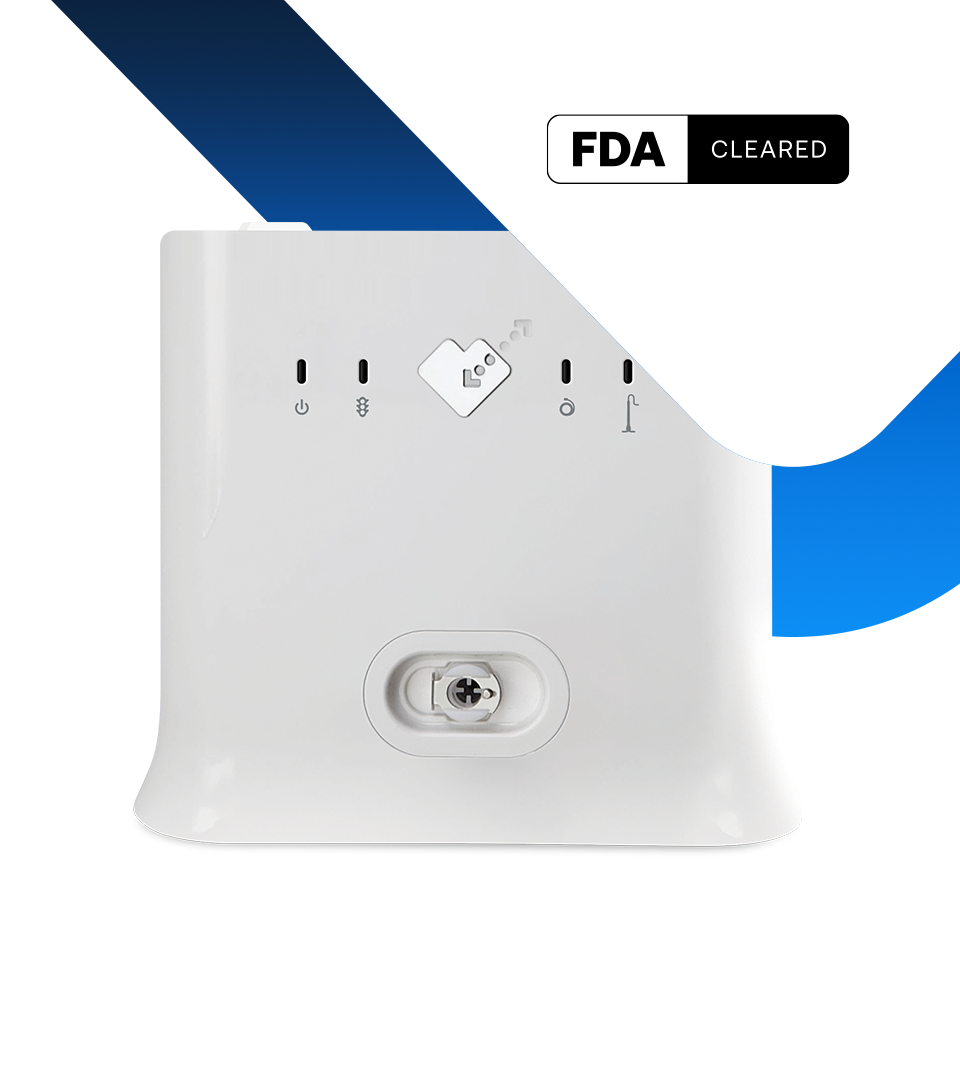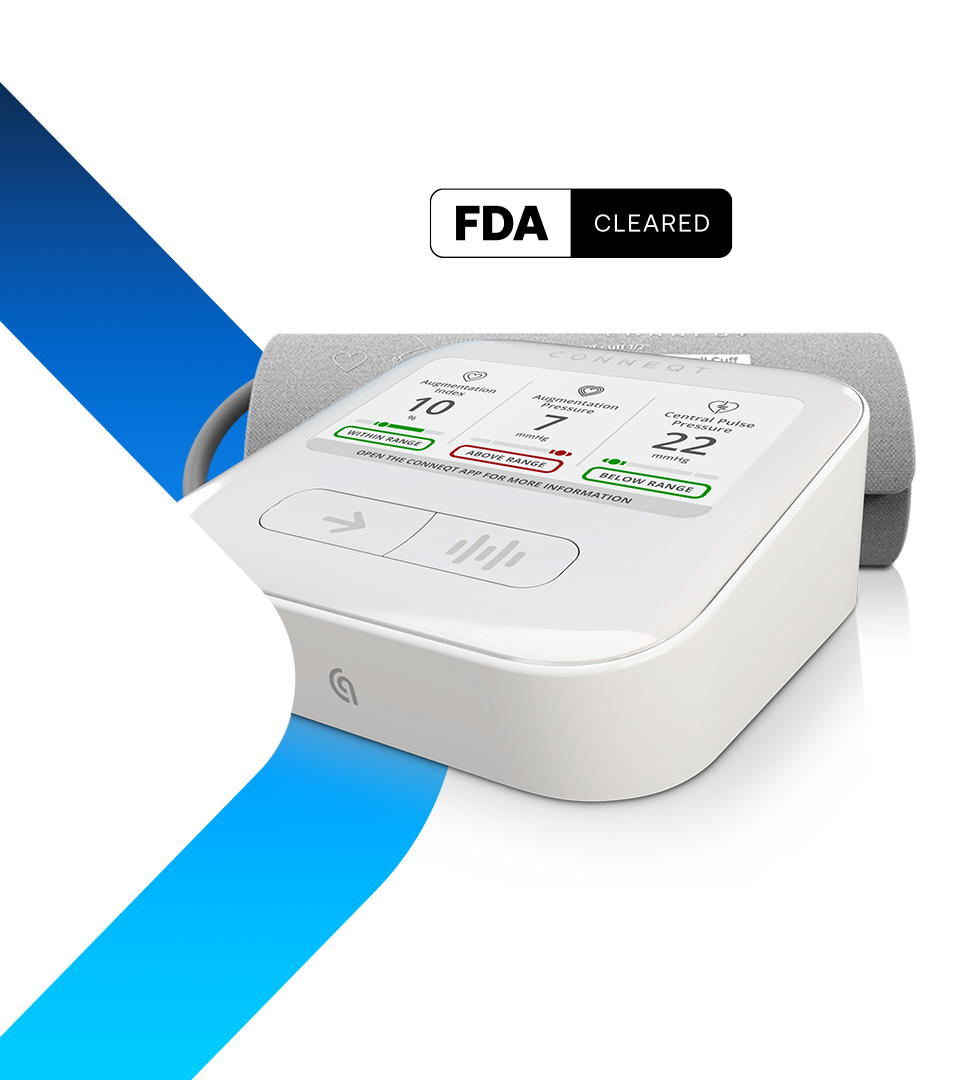Healthcare
Precision Patient Care Starts with Vascular Health Monitoring

Deliver Personalized Care with Vascular Insights
Vascular biomarkers not only transform cardiovascular health management but also play a crucial role in identifying and addressing early vascular aging—key contributor to cognitive decline, renal dysfunction, metabolic disorders, and more. Monitoring these biomarkers provides essential insights into the structural and functional changes within the arteries, which are often precursors to more serious cardiovascular conditions.
Vascular Biomarkers Explained
Dr. Hunter Champion
Cardiologist Specializing in Heart Failure and Pulmonary Hypertension
Personalizing medication regimens to minimize side-effects, increase compliance, and improve outcomes, while generating healthcare savings.

Integrate Vascular Biomarkers for Optimized Health Outcomes
The seamless incorporation of vascular biomarkers into regular healthcare routines, such as annual check-ups and preventive screenings, has become a viable approach supported by reimbursement options. This integration ensures that these crucial indicators are routinely evaluated, enhancing the early detection and management of cardiovascular issues.
Essentially, integrating vascular biomarkers into cardiovascular health management represents a significant shift towards more proactive and personalized healthcare strategies. This paradigm shift is instrumental in advancing patient care and improving health outcomes across populations.
In-Clinic
SphygmoCor XCEL is a sophisticated clinical tool designed to precisely measure essential vascular biomarkers like arterial stiffness and central blood pressure. Its integration into routine clinical practice enables a proactive approach to cardiovascular care, significantly enhancing patient outcomes.


At Home
CONNEQT Pulse is an innovative home monitoring tool that effectively tracks vascular health from the comfort of one's home. Its user-friendly design and customizable interface makes it ideal for daily health monitoring, promoting proactive health management and enhancing patient engagement with their cardiovascular health.
On the Go
Oscar 2 excels as a leading ambulatory monitor, designed for extended wear in non-clinical settings to capture vascular biomarkers continuously. It monitors blood pressure and SphygmoCor arterial health parameters over 24 hours, revealing a patient’s vascular dynamics under normal conditions.


